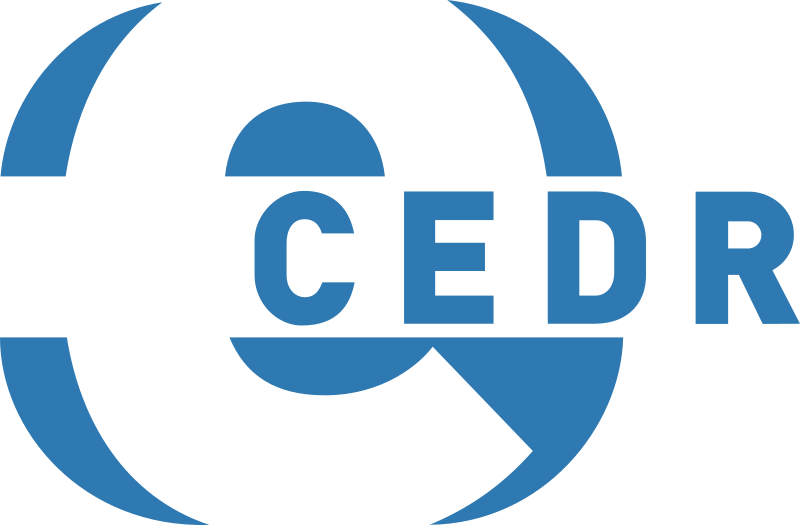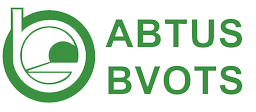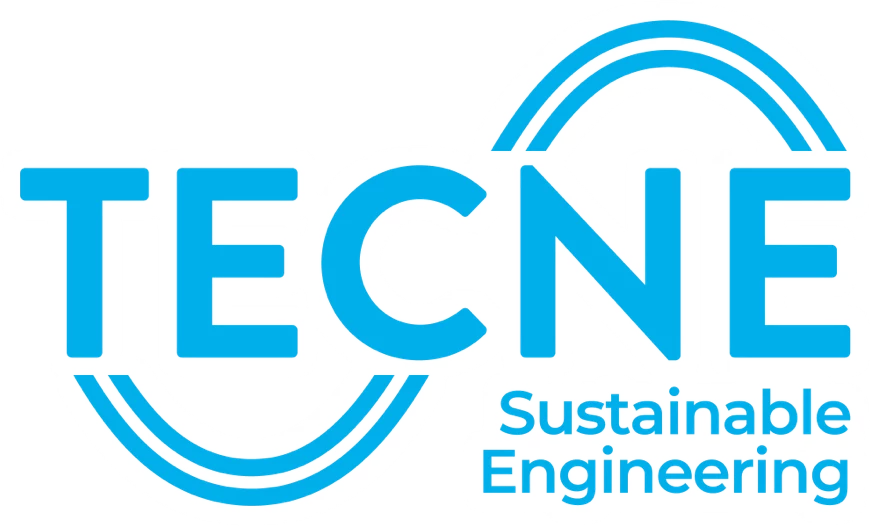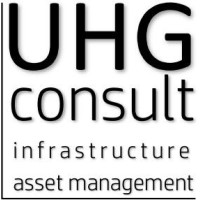Beyond A Tunnelvision Conference 2024
Shaping the future of tunnel renovations
Join us at the Beyond a Tunnel Vision Conference 2024 as we tackle the international challenge of urgently renovating our essential but aging tunnels. Don't miss the chance to collaborate on solutions that keep the world moving!
Thank you for joining us at Beyond a tunnel vision 2024!
On October 16, 2024, we had the pleasure of hosting Beyond a tunnel vision in the beautiful setting of ‘A Room with a Zoo’ in Antwerp, Belgium. We welcomed an incredible group of 265 guests from 21 different countries, all gathered to shape the future of tunnel management and infrastructure sustainability. Thanks to each of you, the event was a resounding success, filled with insightful conversations and forward-thinking ideas.

"The preservation of the Pan-European Road Network requires close attention as it is showing its age after decades of service. This particularly concerns the most critical parts of our networks: our bridges and tunnels."
CEDR - Dublin Declaration
Program announced
We are excited to announce the program for our 2024 conference. This edition’s agenda features a diverse array of presentations, workshops, and panel discussions led by industry experts. Attendees will have the opportunity to delve into the latest innovations, trends, and best practices in tunnel renovation and infrastructure management.
Topics
Skills & Resources for tunnels
Facing challenges from personnel shortages to the intricacies of digital integration, the world of tunnel infrastructure stands at a critical crossroads between traditional expertise and the promise of digitalization—are we ready for the future it beckons?
Asset management for tunnels
We see a widely spread ambition to become a more asset management organization instead of an organization focused on projects (either building or renovation projects). But what is professional assetmanagement for tunnels and what should be focal points for the upcoming decade?
Renovation, management & maintenance of tunnels
As cities teeter on the brink of infrastructural collapse, the urgent call to optimize underground spaces while keeping urban life uninterrupted echoes globally, suggesting that shared knowledge could be the key to innovative, unified strategies.
Interactive workshops
Each interactive workshop will feature one or more hosts and several contributors. These workshops will utilize diverse formats such as talks, pitches, discussions, and Q&A sessions. They provide an excellent opportunity to gain a comprehensive overview of the solutions available in the market for each topic.
Courses
Get insights into available courses, training and e-learnings on how to be a tunneling expert. Do you organise a training yourself? Sign up below!
Monitoring
Get an excellent overview of available monitoring & scanning techniques to get a grip on the life-expectancy of your tunnel, it’s installations and it’s software. A must see for the digital asset manager of the future.
Innovations
Explore what’s new, available and working right now to work faster on tunnel renovations, with less risks for those involved.
Speakers
Alfons van Marrewijk
Delft University of Technology
Bart de Pauw
ABTUS-BVOTS & TUC RAIL
Bert Bosch
Soltegro
Christof De Backere
TUC RAIL
Daniele Di Fiore
Tecne S.p.A.
Drainbot
Drainbot
Duco Bergwerf
Volker Staal en Funderingen
Edo Noordermeer
Fugro
Enrico Mittiga
ANAS
Epco Berger
TotaLite
Etienne Hemerijckx
ie-net
Felix Amberg
Amberg Group
Fern van Efferink
Rijkswaterstaat
Floor van Daatselaar
Volker Staal en Funderingen
Frank Blok
Tunnel Joint Experts
Frederic Castille
fischer
Frederik Wagenaar
TEC
Gerald Koenis
SPIE Nederland
Hans Adden
Ruhr University Bochum
Helen Roth
VIA Norway
Jan van Rensbergen
Agency for Roads and Traffic Flanders
Joel van Stee
Tunnel Joint Experts
Johan Naber
Rijkswaterstaat
John Nicholas
National Highways UK
Karim El Laham
Fugro Rail
Karin de Haas
COB
Kathy Vandenmeersschaut
Agency for Roads and Traffic Flanders
Koen Hiemstra
TotaLite
Lucas Van Acker
Agency for Roads and Traffic Flanders
Maaike Helthuis
TEC
Maarten Reinking
Rijkswaterstaat
Manlio Culotta
Tecne S.p.A.
Martin Knights
London Bridge Associates
Matthew Derycke
Agency for Roads and Traffic Flanders
Michel Boutz
SGS INTRON
Michiel-Martijn Willemsen
Ballast Nedam
Mohammad Fotouhi
Delft University of Technology
Nicas van den Brink
Trelleborg Infrastructure
Nicky de Battista
Epsimon
Patricia Lamas
Amberg Engineering
Peter Walsh
Transport Infrastructure Ireland
Philipp Summer-Ali
Elkuch Group Liechtenstein
Przemysław Padło
GDDKiA
Reinier Brongers
StabiAlert
Rene List
ASFiNAG
Robert Galler
ITACET
Ruben Van Coile
Ghent University
Stefaan Seykens
Agency for Roads and Traffic Flanders
Stefano Guanziroli
HINFRA
Steve Phillips
CEDR
Thomas Thienpont
Ghent University
Urs Grunicke
UHG Consult
Vanessa Di Murro
CERN
Vincent De Breuck
TUC RAIL
Yung Loo
Arup
















































